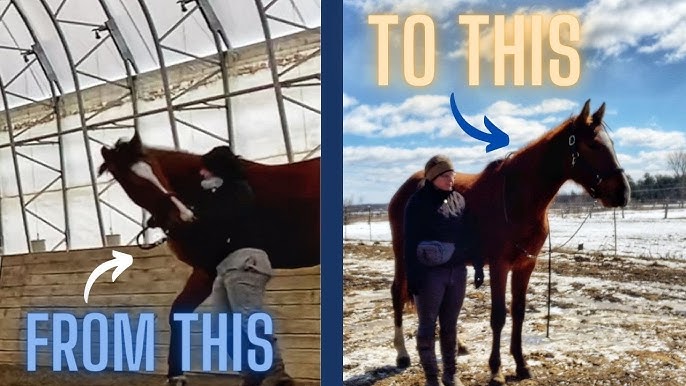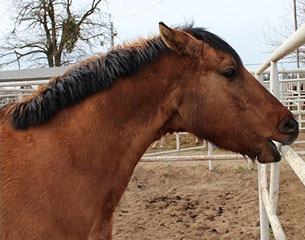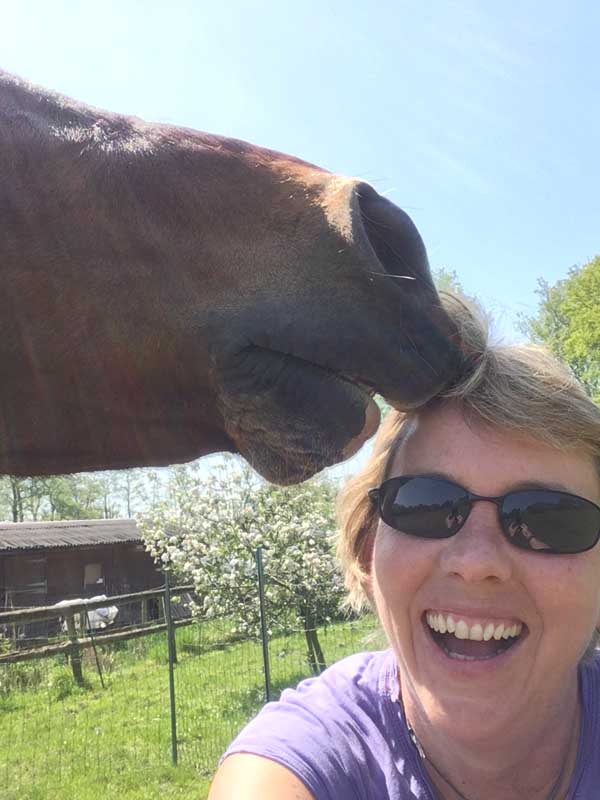Correcting Biting Behavior in Your Horse Without Punishment

Biting is a common behavioral issue in horses that can be both dangerous and frustrating for owners. However, correcting this behavior without resorting to punishment is not only kinder but also more effective in building trust and a positive relationship with your horse. This article explores gentle, science-backed methods to address biting behavior.
Understanding Why Horses Bite

Before addressing the behavior, it’s important to understand why horses bite. Common reasons include:
- Fear or Anxiety: Horses may bite when they feel threatened or scared.
- Playfulness: Young horses often bite as a form of play.
- Attention-Seeking: Some horses bite to get attention from their handlers.
- Discomfort or Pain: Biting can be a response to discomfort, such as ill-fitting tack.
- Dominance or Aggression: Biting can be a way to assert dominance.
Understanding the root cause helps tailor the correction method effectively.
Gentle Techniques to Correct Biting
1. Positive Reinforcement
Reward your horse for calm, non-biting behavior using treats, praise, or gentle petting. This encourages the horse to repeat good behavior.
2. Redirection
When your horse attempts to bite, redirect their attention to a toy or a safe object to chew on, such as a horse-safe ball or a rope toy.
3. Consistent Boundaries
Set clear and consistent boundaries. For example, if your horse tries to bite, immediately withdraw attention and avoid interaction for a short period.
4. Desensitization
Gradually expose your horse to situations that trigger biting in a controlled manner, rewarding calm behavior to reduce fear or anxiety.
5. Professional Guidance
Consult a professional trainer or equine behaviorist who uses humane methods to develop a personalized plan.
Table: Comparison of Correction Methods
| Method | Description | Benefits | Considerations |
|---|---|---|---|
| Positive Reinforcement | Rewarding good behavior | Builds trust, encourages good habits | Requires patience and consistency |
| Redirection | Offering alternative objects to bite | Prevents biting, keeps horse engaged | Needs appropriate toys available |
| Consistent Boundaries | Clear rules and consequences | Establishes respect and limits | Must be applied consistently |
| Desensitization | Controlled exposure to triggers | Reduces fear-based biting | Time-consuming |
FAQs
Q1: Can biting be completely eliminated?
A: While many horses can learn to stop biting, some may always have a tendency. Consistent training helps manage the behavior effectively.
Q2: Is punishment ever effective?
A: Punishment can cause fear and damage trust. Positive methods are more effective and humane.
Q3: How long does it take to correct biting?
A: Correction time varies depending on the horse’s history and the consistency of training.
Q4: What should I do if my horse bites during grooming?
A: Identify if the horse is uncomfortable or in pain and address those issues first. Use gentle redirection and positive reinforcement.
Conclusion
Correcting biting behavior in horses without punishment fosters a safer and more trusting relationship. By understanding the reasons behind biting and applying gentle, consistent techniques, owners can effectively manage and reduce this behavior. Patience and empathy are key to success.
For more tips on horse behavior and training, stay tuned to our blog!
